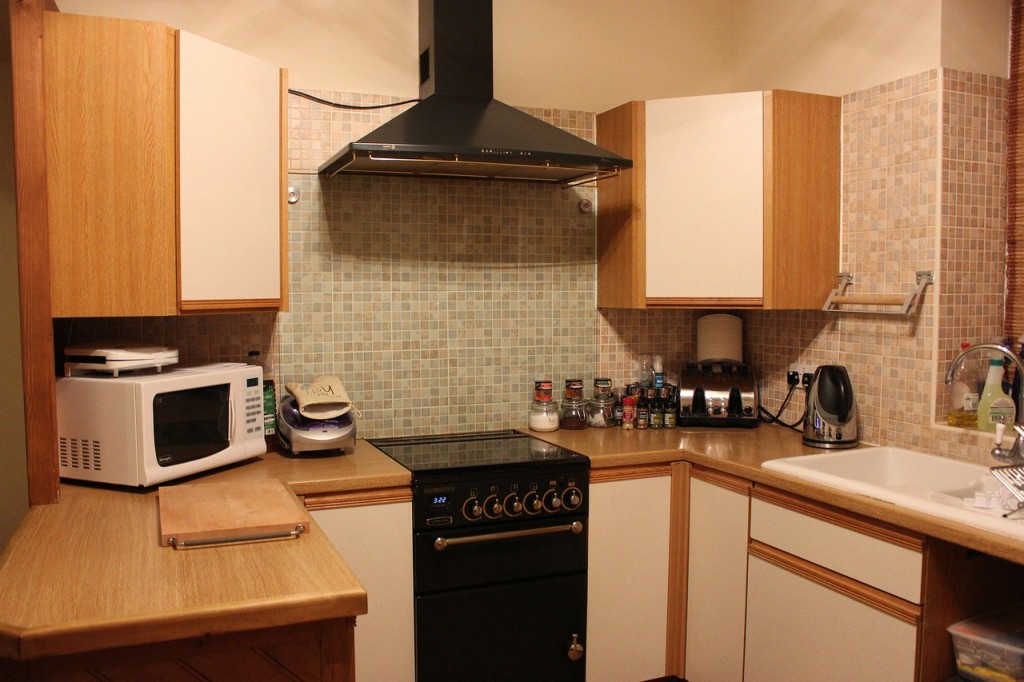 There are as well as traditional cookers with cast iron burners, as well as expensive high-tech oven models on the market at the moment. The modern electric stoves are not all about the design. They possess a set of useful and comfortable functions, which increase the pleasure of cooking. That’s why the problem with the choice of a cooker does not come down just to the brand: “Ariston, Indesit or Gorenje”. Every kitchen stove manufacturer strives to produce the best product, complied with the current tendencies.
There are as well as traditional cookers with cast iron burners, as well as expensive high-tech oven models on the market at the moment. The modern electric stoves are not all about the design. They possess a set of useful and comfortable functions, which increase the pleasure of cooking. That’s why the problem with the choice of a cooker does not come down just to the brand: “Ariston, Indesit or Gorenje”. Every kitchen stove manufacturer strives to produce the best product, complied with the current tendencies.
The choice of a proper oven is mostly connected with your cooking needs.
How often do you cook? Do you try to prepare your meals as fast as possible or you are all about the pleasure of cooking? What’s more important for you: match the oven with the kitchen interior or ease your cooking experience?
By answering those questions, our last blog post for 2014 will help you make the right choice for a cooker, which could turn into a wonderful Christmas gift.
How to Choose the Size of Your Oven?
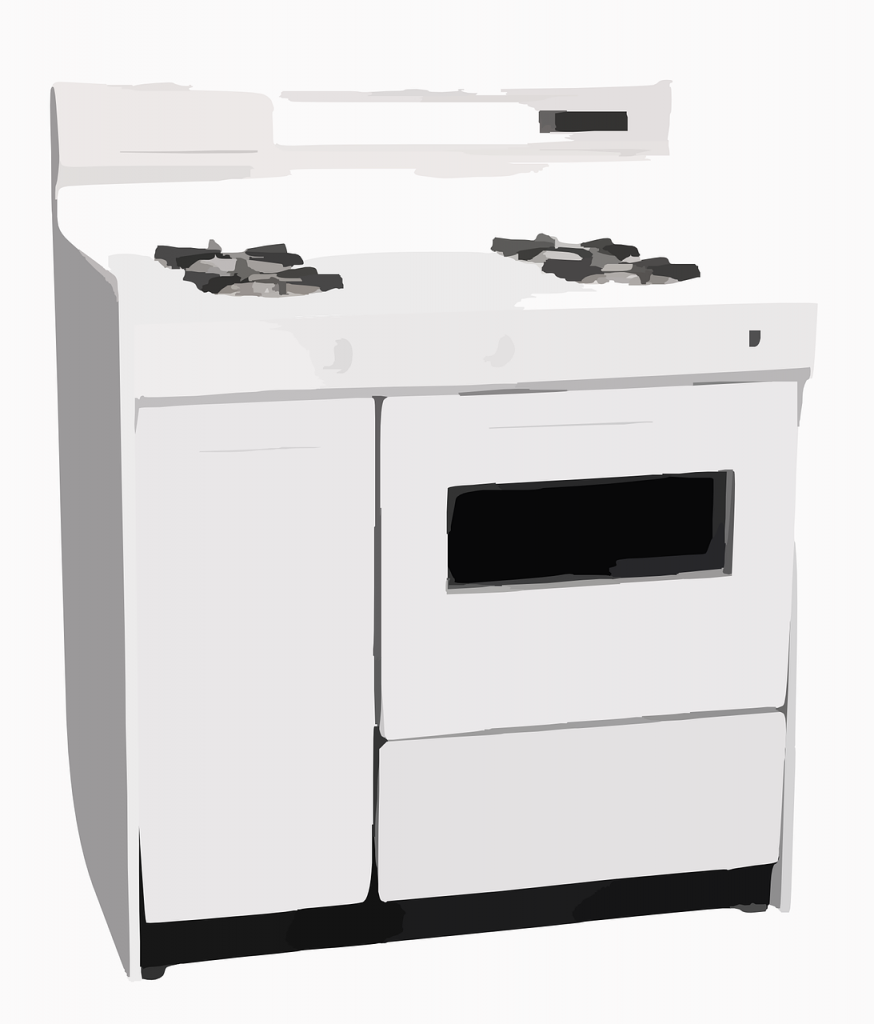 The height of the traditional cooker is 85 cm, whereas the the depth – 50 or 60 cm. However, there are panels with adjustable legs that allow for the height to be suitable for your own needs. The width can vary from 50 to 90 cm. The most frequent sizes are 50X50 cm, 55X55 cm, 50X60 cm and 60X60 cm. They match perfectly, even in small kitchens.
The height of the traditional cooker is 85 cm, whereas the the depth – 50 or 60 cm. However, there are panels with adjustable legs that allow for the height to be suitable for your own needs. The width can vary from 50 to 90 cm. The most frequent sizes are 50X50 cm, 55X55 cm, 50X60 cm and 60X60 cm. They match perfectly, even in small kitchens.
Energy Class
We can divide the electricity consumption in three different classes, depending on the consumed power and its efficiency:
A – Economy class with all its subclasses – A+, A++, A+++;
B – Medium Class;
C – usually connected with higher energy consumption;
Oven Type
According to type, kitchen stoves divide into gas, electric or combined (with both gas and electric burners). The electric ovens are cheap and easy to exploit, whereas on the other hand the gas ones are electrically safe and some models have an extended number of functions. Combined systems merge the advantages of both types.
Kinds of Cooktops
The stoves usually have 2 to 6 heating areas, which differentiate by kind, speed, diameter size, thickness and form.
- Regular electric;
- Gas;
- Quick heating;
- Glass-ceramic;
- Induction;
Gas Hob Burners:
 Double crown burners: the number of gas burners is not just one, unlike the standard models, but they are actually in two rows, forming two rings. Those cooktops have a larger capacity, compared to conventional single rows and they heat the utensil more evenly. They can be especially useful when frying.
Double crown burners: the number of gas burners is not just one, unlike the standard models, but they are actually in two rows, forming two rings. Those cooktops have a larger capacity, compared to conventional single rows and they heat the utensil more evenly. They can be especially useful when frying.
Triple crown burners: the number of gas burners here is three, forming three rings one into another. Those kind of burners have a larger capacity and better heat distribution. They improve the quality of the cooked food and prevent its sticking on the utensil bottom.
Security System
It comprises of a protective valve, which does not allow for a sudden gas leakage or if you put off the flame by accident. This way the safety during cooking is guaranteed.
Cast Iron Hob Burners
Manufacturers use cast iron hob burners in the traditional enamelled ovens. Those are the most common electric hob cooktops. They remain popular because of their simple constructions and availability. Their advantage is that in case of damage, they are cheap to replace. The cooktops are durable, with a raw surface, where scratches are hardly visible. Their main disadvantage is that they heat slower than the rest of the kinds and have a higher energy consumption, due to the time, necessary to reach the desired temperature. The effectiveness of the energy used is around 60%.
Quick Heating Cooktops
They are marked with a red dot in the centre. With them, instead of a spiral heater, a thin metal strap is used. It actually heats the cooktop much faster. When you power it up to the last possible power level, it’s considerably higher than the normal burners. They heat for around 7 minutes, whereas standard ones – 3 minutes longer. Main disadvantage – an even higher electricity consumption, compared to the regular burners.
Automatic Cooktops
They are marked with a white dot in the middle. They have a sensor, which defines the temperature in the cooking utensil. Its advantage is that there’s no need to turn it on to the maximum power and after a while to turn it off or lower the heat. Those cooktops will define alone when the water is boiling and they will automatically turn off and won’t let the water boil out.
Glass-ceramic Cooktops
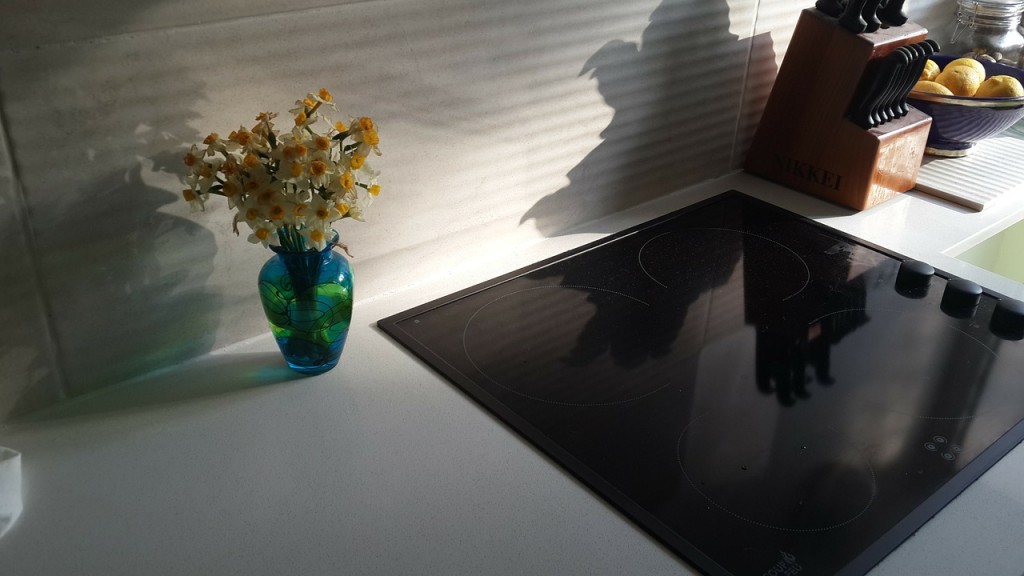 Judging by the quality and convenience, the zone heats faster (just takes a few seconds), whereas only a few centimetres away the surface is cold. The temperature control in the process of cooking is much easier than the one of the regular burners.
Judging by the quality and convenience, the zone heats faster (just takes a few seconds), whereas only a few centimetres away the surface is cold. The temperature control in the process of cooking is much easier than the one of the regular burners.
Induction Cooktops
With regular burners, the first thing that heats is the appliance, and only after that the temperature reaches the utensil. Induction cooktops don’t have a heating element. Instead of that a source of a strong electromagnetic field is used. It creates electricity in the utensil bottom, which in turns heats it. This way the utensil itself heats directly.
As a result – the energy efficiency is 90%. The losses are from the heated utensil itself, that gives off the extra heat.
Main advantage – quickness. The cooking utensil heats right away after the cooktop is on. (500 ml of water boil after a minute). Disadvantage – quite expensive.
Control Mechanism
Mechanic Control
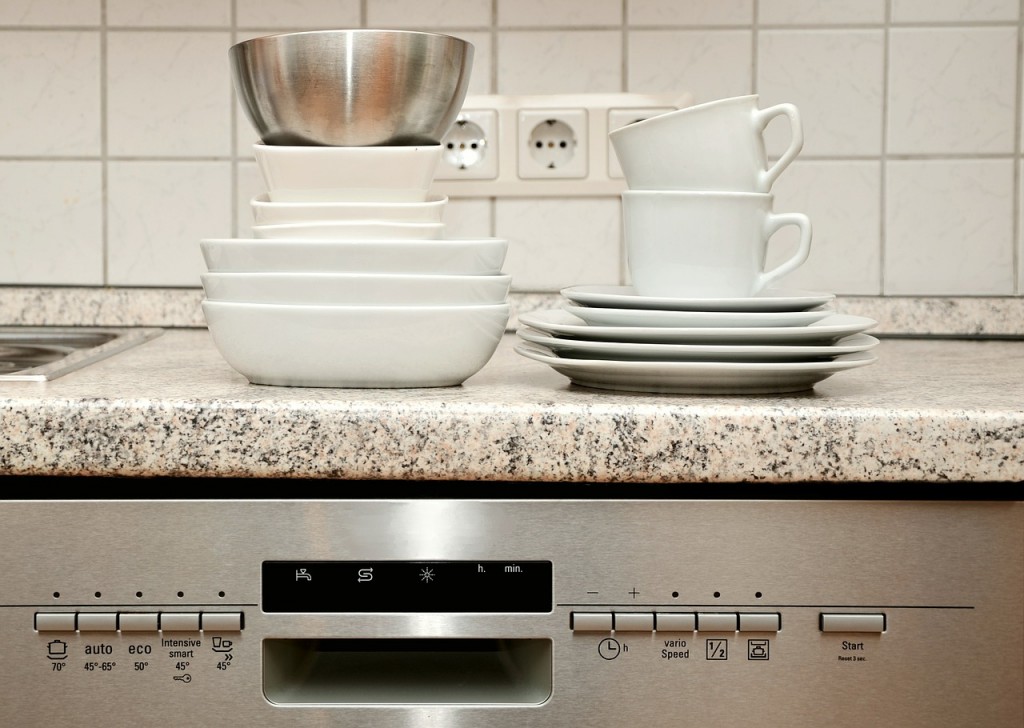
Usually, mechanic control is connected with the usage of spinning oven knobs or buttons. The stoves with mechanic control have a lower price but restricted possibilities.
Electronic Control
Here the control is carried away with the help of buttons and light indication, which displays the commands accepted. The electronic control happens with the help of a electronic block. Your choices here are much more compared to mechanically controlled ovens.
Sensor Control
Here you control the functions just by a touch panel. It is considered to be the newest version of electronic control. The modern electric stoves are not all about design, but also possess a large scope of useful functions. Due to the lack of any bumps or curves, the touch pad is easy to clean. Some models have display. The simplest case scenario, it shows the cooking time or the remaining time before the oven turns off. The more luxurious models have a menu to choose different cooking programs. That’s why the price of those ovens is usually higher.
The Upper Worktop Panel
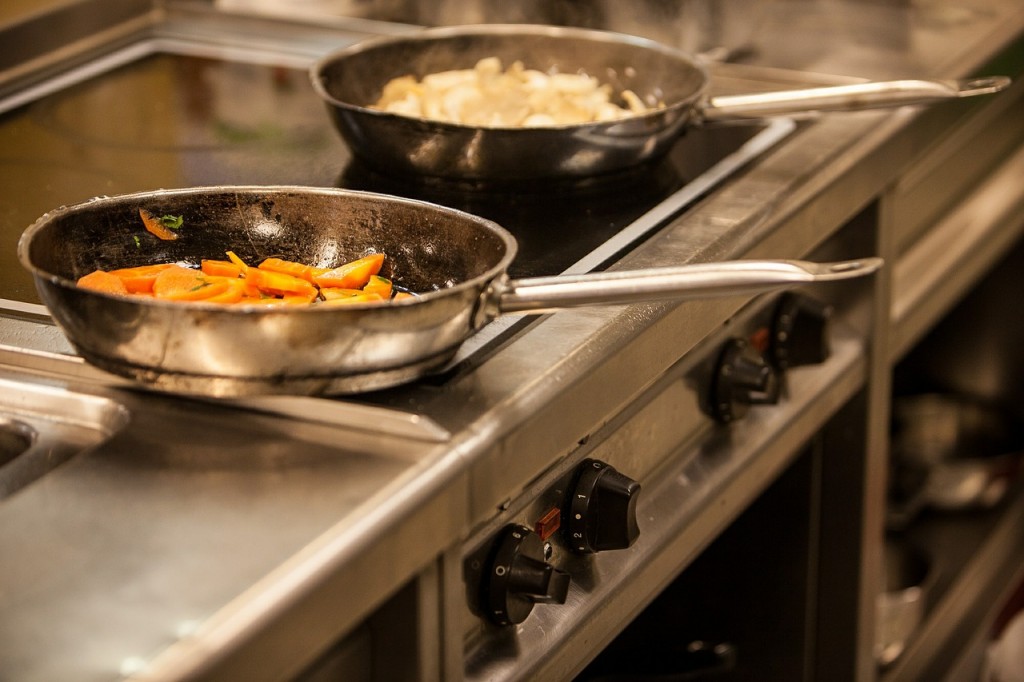 The worktop panel is the upper part of the oven, where the burners are situated. It can be made of different material or with a different cover, depending on which the hob varies into:
The worktop panel is the upper part of the oven, where the burners are situated. It can be made of different material or with a different cover, depending on which the hob varies into:
Enamelled
Enamelled kinds are the most frequent types. They are cheap, durable and come with different colours. Despite all that, the enamel has its flaws: it’s hard to clean and it’s easy to scratch over time.
Stainless Steel
The cover of the stainless steel can be polished or matte. Stainless steel hob looks stylish, strong and resistant on mechanical impact or scratches. It’s also easier to wash than the enamelled one. The main flaw can be the difficult maintaining of the shine. To keep the stainless steel in good condition you need special cleaning detergents, most professional cleaners implement in their job. It’s possible that over time you notice small spots and fingerprints on the surface, because it’s very shiny and smooth.
Glass-Ceramic
It resembles a solid flat surface, under which the heating elements are situated. Glass-ceramic panel has a lot of advantages over the enamelled one. Glass ceramic panes usually have an electronic control, and most of them – a sensor for residue heat, too. This kind of surface is strong, resistant to mechanical impact and high temperatures – as high as 600°C. when you follow the elementary maintenance rules, it will keep for a long period of time its attractive outlook. In order to maintain it you don’t need any special detergents like with the enamelled ovens. You just have to wipe them before and after use. Since it’s fully flat, it gives you the opportunity to easily move and place the utensils, unlike with regular cooktops. In order to produce glass-ceramic hob, all companies use one and the same materials from Germany, France or the United States. That’s why the quality is usually beyond any doubt. The disadvantage – the high price, of course.
Functions
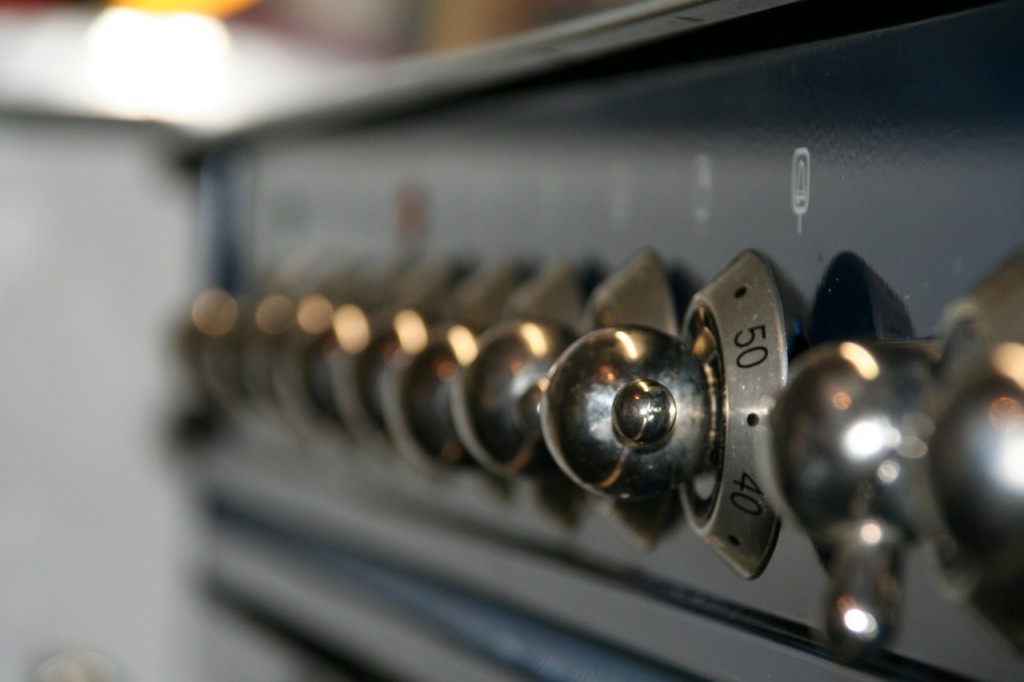 Parent Control
Parent Control
A safety system, which allows for blocking the control panel. This function is useful for families with small children.
Gas Control
A security system for gas stoves, where the leakage of gas is prevented.
Electronic Ignition
The gas burners have a self-control ignition function. It is usually carried away by an electric spark.
Automatic Turn-Off
The automatic turn-off is usually an oven chamber function. It turns off when it works for longer without any user involved or when it reaches too high a temperature.
Boiling Water Control
If your oven has this function, you should never worry away about boiling out your water. When you place the skillet, the heating zone turns on to maximum power. The water gradually starts boiling and, in turn, the heating power slows down in order to control the water inside the utensil.
Residue Heat Indicator
The residue heat indicator can be found in glass-ceramic ovens. It allows for defining whether the surface is still hot, after the oven has already stopped working. The indicator can be one for the whole hob or separate indicators for every heating area.
Except the regular indicators, there are such which show how high the temperature is and until what extent it can be used to heat the food. Those indicators could have 3 values:
- The zone is not cool enough to a safety point;
- The heating zone can be used to obtain info whether the temperature is enough to finish the meal;
- The residue heat can no longer be used, because it’s under 60°C.
Automatic Utensil Recognition
The heating zone will turn on in case there is a frying pan or a skillet on top. The additional possibility here is that the heating zone will turn only if the cooking utensil is full.
Oven Chamber
Type of oven chamber
The oven chambers are divided into the fuel type used, be it gas or electrical.
Gas Oven Chambers
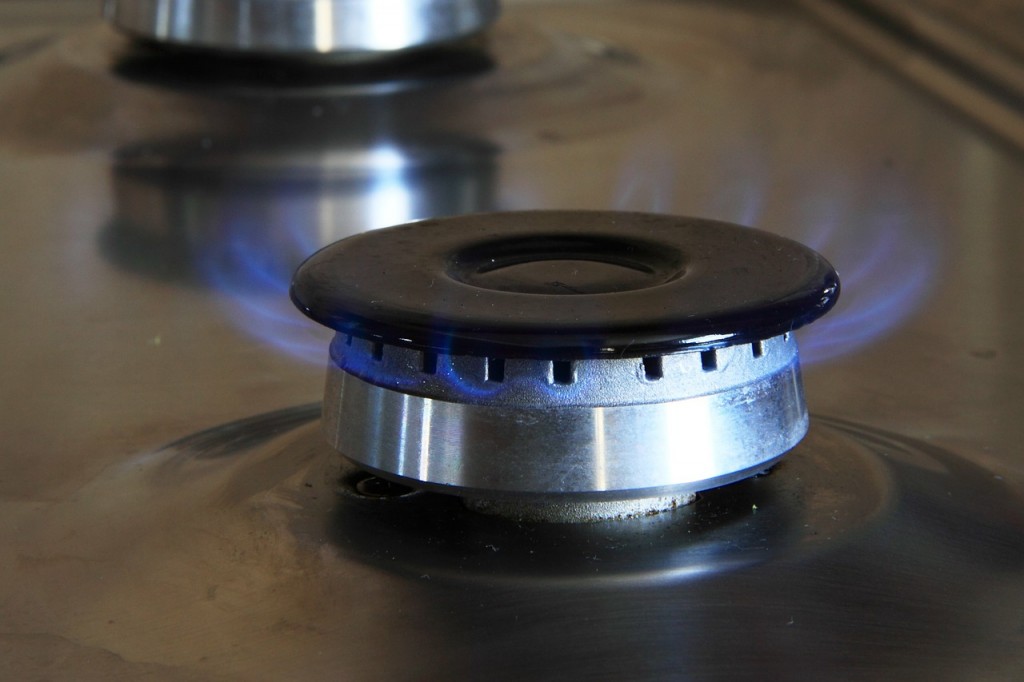 They heat quickly, but the temperature spreads relatively uneven.
They heat quickly, but the temperature spreads relatively uneven.
Electric Oven Chambers
Here the heating time is longer, but, on the other hand, they provide a more even heat distribution. Due to the high amount of power consumed, the cable should be thicker and directly plugged into the socket – don’t use a coupler.
Characteristics
Chamber Size (Volume)
The oven chamber volume can be separated in two kinds: useful and total. The useful one is the one used in cooking. The oven chamber is as big as its volume, but don’t forget that it affects the size of the whole appliance itself.
Power
The higher the power, the faster it heats and cooks, as well as in bigger amounts. Usually, though, the high power means more energy consumption.
Maximal Temperature
The maximal temperature of the oven chamber air. The necessary temperature for normal cooking is in the values between 230-250°C. If the temperature is lower, the cooking time will increase, as well as the energy consumption. Nowadays there are rarely ovens with lower temperature capacity, though.
Cold Door
Some ovens have safe and energy saving cold doors (they consist of double glass). The top models of the lead consumers the doors have triple or even quadriple glasses. This way they remain even colder during the cooking process, so there’s no danger to burn off your fingers and you save energy.
Shelves Position
Standard
Here the grill on which you place the baking dish, is put into side oven chamber grooves with adjustable height.
Telescopic Shelves
They provide the following advantages:
- You can take out the baking dish completely.
- It’s easily reachable;
- They are more stable;
- The multifunctional ovens allow for the simultaneous cooking of a few meals, where the smells do not mix.
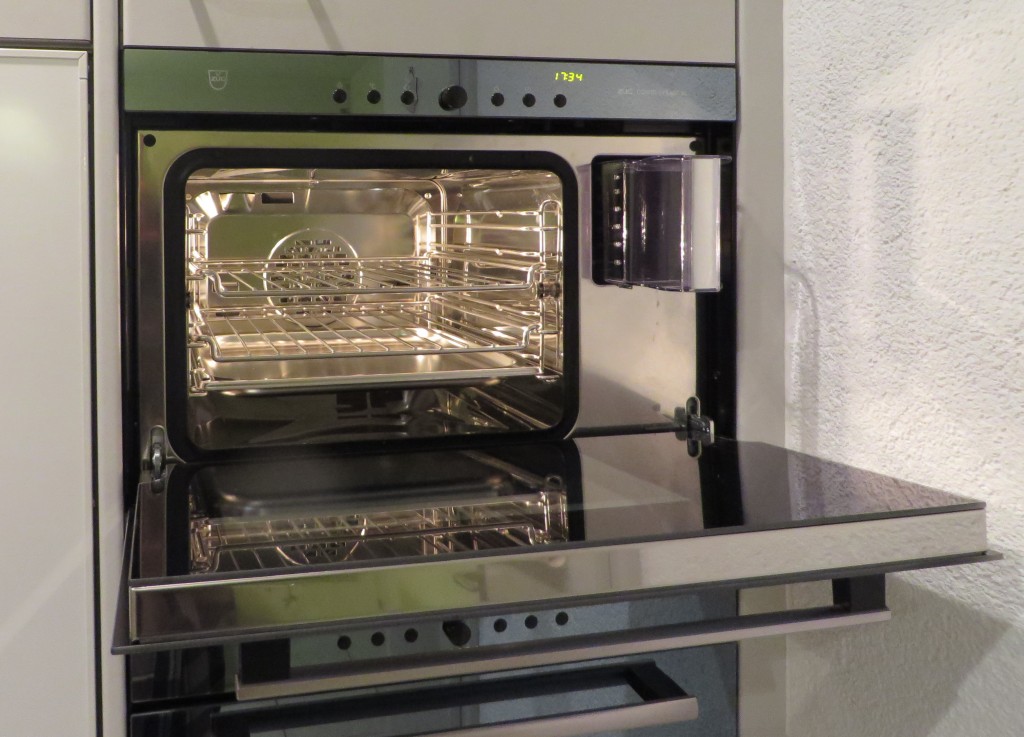 Oven Cleaning
Oven Cleaning
Traditional Cleaning
Washing by hand with detergents.
Temperature Cleaning
The dirt in the oven chamber burn to ashes and can be easily removed without the usage of cleaning detergents. The temperature cleaning has its disadvantages:
- The burning fat gives off bad smell;
- The price of those ovens is higher;
- The energy consumption price increases;
Catalytic Cleaning
It is carried out by a special inside cover, which speeds up the separation of fats from the surface. The cleaning process happens automatically every time when you cook. After cooking you just have to wipe the surface with a wet mop and the fat falls off. The disadvantage: a lower cleaning quality than the temperature cleaning. After cooking a few times, you need to resort to traditional measures. With time, the effectiveness of the catalytic cover wears off.
EasyClear
This kind of enamel is appropriate for those who use the oven periodically or the rarely cook with fat. The enamel is smooth and you don’t need a special cleaning detergent – you can use a wet sponge.
EcoClean Enamel
EcoClean is the latest innovation in the cleaning system, which has a special enamel. Thanks to it the cleaning process is much faster. This method is more economical than the temperature cleaning and more effective than catalytic one. The surface is full of microscopic air spheres, which absorb the fats and smells during cooking.
At a temperature of 270°C, when the fat comes in contact with the air spheres, it will be removed by the air oxidation without any unpleasant smell. After that you just have to wipe the oven. The advantages of the method, compared to the catalytic one, is that the enamel and its effectiveness maintain their durability during the whole period of exploitation. Siemens calls this technology ActiveClean® and claims that it is four times more effective and gives off 10 times less smell, compared to catalytic cleaning method. This enamel heats evenly, which allows for better cooking, too.
Water Catalysis
With this method, you put an utensil, usually a baking dish inside the oven chamber, full of around half a litre of water. Choose water catalysis cleaning function. After the process end, you just need to wipe the oven, without the usage of cleaning detergents.
Tags: oven hobs, ovens, types of ovens